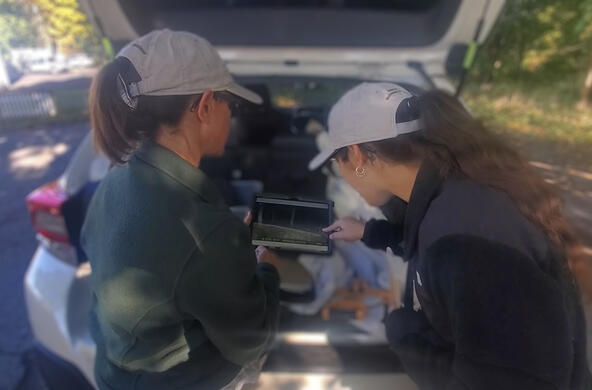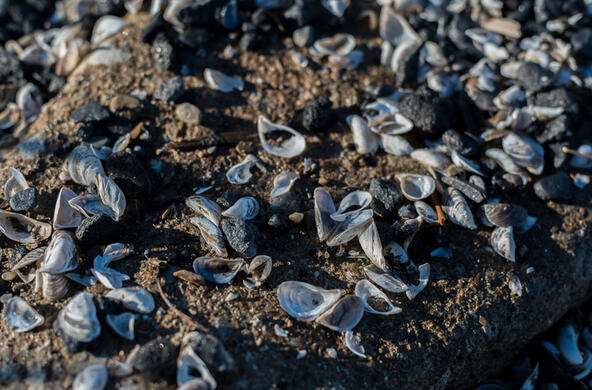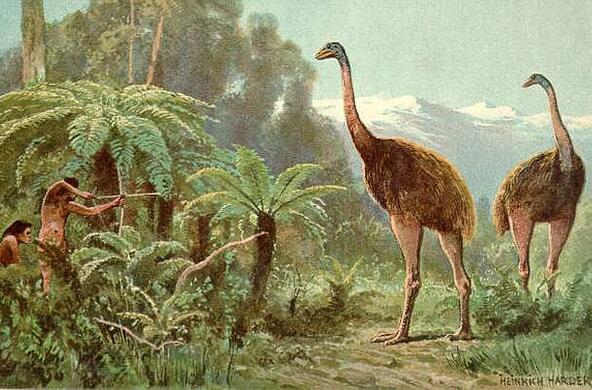Bernd Blossey, Director of the Ecology and Management of Invasive Plants Program at Cornell University explores the complex relationships between native and non-native species and how we can make a difference by restoring healthy woodlands.
As spring returns to the forests around us, too often, something is missing. Wildflowers that once carpeted the forest floor, and the insects and birds that rely on them, are in decline or have disappeared. In their place, invasive non-native plants thrive. These species are often unpalatable to deer and survive well in the presence of earthworms (another non-native species in our region). Transformed landscapes can allow ticks to thrive, increasing the risk of Lyme and other tick-borne diseases that threaten our health. How can we reclaim land from garlic mustard, barberry, honeysuckle, buckthorn, and other invasives?
Blossey explores what individuals can do in their yards or woodlots, and to affect change in how deer populations are being managed. Instead of trying to remove all non-native species, a better approach may be to reestablish and protect native species through active restoration.






